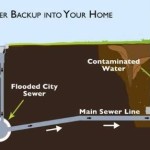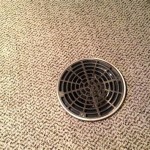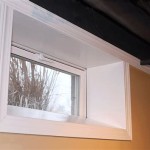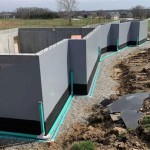Sump Pump Installation in Basement: Essential Considerations
Water accumulation in basements can lead to devastating consequences, including structural damage, mold growth, and musty odors. Installing a sump pump serves as a crucial defense against water seepage, ensuring a dry and healthy basement.
Types of Sump Pumps
Submersible sump pumps are the most common type. They are placed directly in the sump basin and operate by submerging in water. Pedestal sump pumps are positioned above the sump basin and connect to the pump through a pipe. They are ideal for situations where the sump basin is too narrow for a submersible pump.
Sizing the Sump Basin and Pump
Determining the appropriate size of the sump basin and pump is essential. The basin should hold enough water to prevent the pump from running too frequently, while the pump should have enough capacity to discharge water sufficiently.
Location and Installation
The sump basin should be installed in the lowest point of the basement. The pump should be positioned inside the basin and connected to the discharge pipe. The discharge pipe should be directed outside the foundation or to a storm drain.
Electrical Considerations
Sump pumps require electricity to operate. The pump should be connected to a dedicated circuit with the proper voltage and amperage. A battery backup system is recommended to ensure continued operation during power outages.
Float Switch and Alarm
A float switch triggers the pump when the water level in the sump basin rises. It should be adjusted to turn the pump on at the appropriate level to prevent over-pumping. An alarm can be installed to alert you if the pump is not functioning correctly or if the water level becomes excessively high.
Maintenance and Inspection
Regular maintenance is crucial to ensure the proper operation of the sump pump. The basin should be cleaned periodically, and the pump should be inspected for any signs of damage or wear. It is recommended to have the system serviced by a qualified professional.
Additional Tips
Consider installing an airtight lid on the sump basin to prevent odors from escaping. Improve drainage by installing downspout extensions and grading the soil away from the foundation. Regularly check the sump pump discharge pipe for clogs or blockages.
Installing a sump pump in your basement is a critical step in protecting your home from water damage. By following these essential considerations, you can ensure a reliable and effective system that will keep your basement dry and safe for years to come.

What Is A Sump Pump Peel Pumps Explain It Or Sell And Install Them

Sump Pump Installation In Connecticut Installing A System Stamford Norwalk West Hartford Ct

Basement Sump Pump Sedona Waterproofing Solutions

Sump Pump Installation In Pa De Dry Tech Waterproofing Solutions

Diy Sump Pump Install Your Own Smd Fluid Controls

Sump Pump Installs In Portland Bangor Rochester Maine Six Steps To Installing A System Me

Permanent Fixes For Damp Basements Diy

What Is A Sump Pump How It Works Water Guard Plumbing

Basement Sump Pump Installation 101 Kc Waterproofing

How Much Does Sump Pump Installation Cost 2024 Guide Forbes Home







